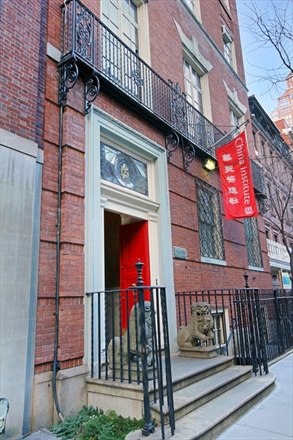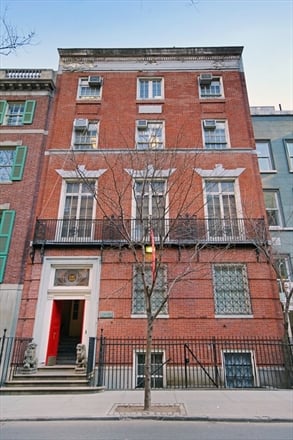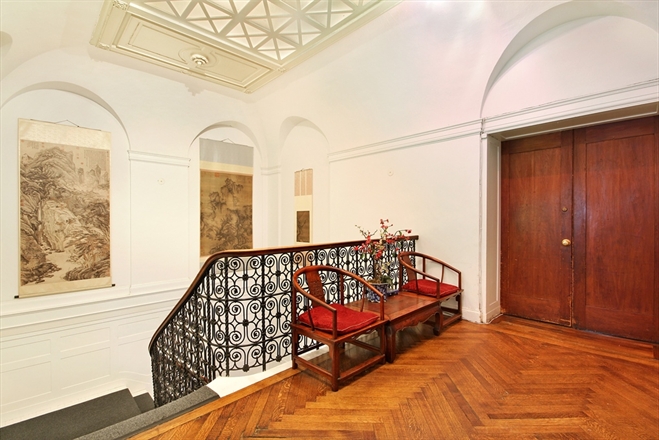Analysis
For Sale, $32 Million Asking Price: Who Wants to Live in China Institute’s UES Townhouse?
The institution is moving Downtown and expanding its programming.

The institution is moving Downtown and expanding its programming.

Rozalia Jovanovic


Photo: Courtesy Corcoran
The China Institute has put its Upper East Side townhouse on the market. “The estate is suitable for the grandest entertaining yet affording the most gracious of traditional style,” reads the listing on Corcoran. “The manse offers the ultimate in discretion and luxury for the well-heeled tycoon.”
“The manse,” a four-story Federal style brick building in the Lenox Hill neighborhood (which is 9,800 square feet) has an asking price of $32 million, as per the listing by broker Carrie Chiang, who also mediated the January sale of the Wildenstein mansion on 64th street for $90 million to the government of Qatar.
Built in 1910, the China Institute’s building at 125 East 65th Street was designed by architect of the “American Renaissance” Charles A. Platt, and has been in the hands of the China Institute since 1944 when it was donated by the Luce Foundation. Offers accepted.
In May 2012, the China Institute purchased a space downtown at 40 Rector Street for $18.3 million, which is being renovated and designed by the architecture firm Gensler, to which it intends to move in the Spring.
“It was determined that downtown is a growing area,” said Tom Moore, China Institute’s acting president since October 2013. “The Financial District is booming. Population has doubled in the past few years. It has a very high per capita income.” He also noted the space’s accessibility to numerous subway lines and the Path train. “Moving the organization into a new space and transforming it for the 21st Century, that would be a very good place to be.”

Photo: Courtesy Corcoran.
One of the reasons for the sale of the townhouse, according to Moore, is for “those proceeds to be used to substantially add to the endowment,” which today is roughly $1.8 million according to his estimation. “It’s important when you’re growing an institution, to provide greater assurance to undertake your program.”
Its current gallery space at its UES townhouse is only 1,200 square feet, as compared to the new space, which will be split between a ground floor gallery space at 13,000 square feet and the entire second floor, which comprises 35,000 square feet. Not all of this will however be for exhibitions: Moore said they may rent some of the ground floor space out to another organization. China Institute is most active in the provision of Chinese language classes and this will remain a core focus of their future mission downtown.
“We’ll have a lot of room to do larger exhibitions,” said Moore, “more flexible space that will allow more than one exhibition at a time.”
Founded in 1926 by American and Chinese educators including John Dewey, Hu Shih, Paul Monroe, and Dr. Kuo Ping-wen, with the purpose of advancing a “deeper understanding of China” through educational, business and art programs, the organization formally opened at its 65th street location on December 1, 1944. Chartered in 1944 as a school of continuing education by the Board of Regents of the University of the State of New York, it is, according to its website, “the oldest educational institution of its kind.”
“There may be certain people who have a certain fondness for the building and a nostalgia because we have been there very long,” said Moore. “Most people recognize that a townhouse may or may not be the right space for an institution like the China Institute. I think it’s a good time to sell.”